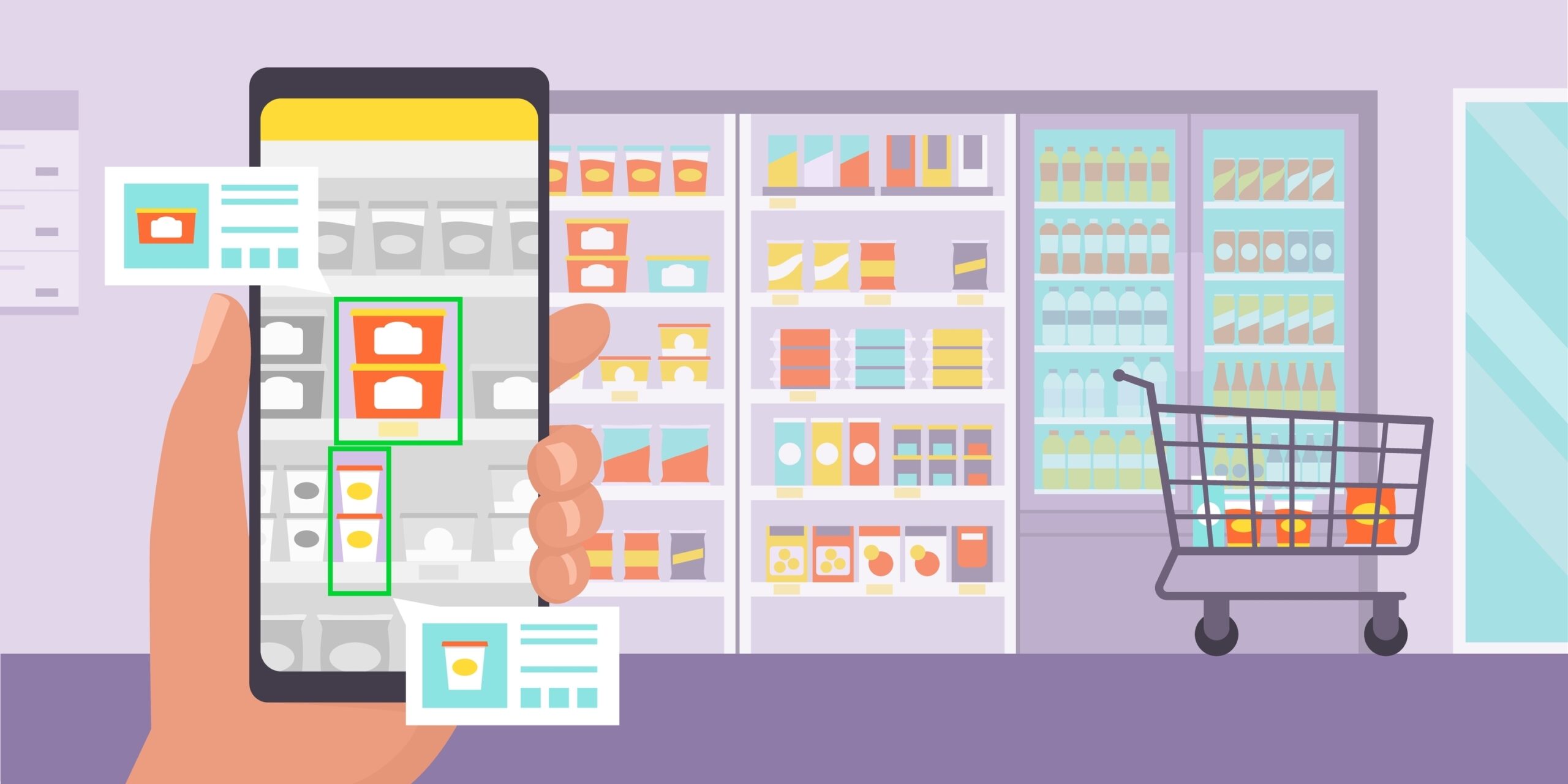This is a guest post from Erin Feeney, President & CPO, InContext
For decades, the retail industry has relied on manual audits, clipboards, and best guesses to answer one of its most fundamental questions: Is the shelf set up the way we intended?
Today, image recognition technology answers that question with speed, accuracy…and at scale. Retailers and CPGs who are investing in it aren’t just gaining efficiency; they’re gaining a competitive edge.
The Relevance: A Shelf is a Moment of Truth
At InContext, we’ve always believed that retail execution is where strategy meets the shopper. But strategy is only as strong as its execution on the shelf. According to Harvard Business Review, retailers lose nearly 8% of sales due to poor shelf execution, including out-of-stocks, misplaced inventory, and non-compliant planograms.
Throughout the development of our image recognition solution, I personally went into the field. I observed store teams, merchandisers, and brand reps to get a true sense of the everyday challenges they face. What I found was eye-opening and confirmed what so many executives have quietly admitted behind closed doors.
During one frozen reset, I watched two retail associates standing in front of a fish freezer, looking back and forth between a printed planogram and the shelf. One of them squinted, pointed, and said, “I think this product goes there?” It was clearly an educated guess, not a confident execution.
In another instance, I observed a team restocking the yogurt category without a planogram in sight. When I asked where it was, the response was telling: “I don’t know. I think it got wet and was thrown out.”
That wasn’t an anomaly. It’s a reality.
And nearly every retailer I’ve spoken with during product development has echoed the same sentiment: “We don’t know what’s in our stores.” Despite modern back-office systems and shelf tags, there’s a lack of visibility at the shelf level where the customer makes the final decision.
On the CPG side, the pain is just as pronounced. One senior leader put it simply: “Every day the POG is in-store, it gets further away from what it was meant to be.” Planogram drift, out-of-stocks, misplaced facings—it all adds up to lost revenue and broken brand experiences.
The Importance: From Insight to Action at Scale
We are at an inflection point. Retailers and suppliers alike are drowning in data—but what they need is actionable insight. Image recognition provides exactly that.
When a rep or merchandiser walks a store and takes a photo of the aisle, image recognition tools immediately return:
-
- Shelf compliance vs. planogram
-
- Missing or out-of-stock items
-
- Placement accuracy and adjacency
-
- Competitive presence and share of shelf
These insights can be pushed directly into real-time dashboards, triggering action—not just reporting. This shift from lagging to leading indicators is where true ROI lives.
Academic research supports this pivot. A 2021 study in the Journal of Retailing and Consumer Services found that “automated shelf monitoring using AI and image recognition significantly reduced operational errors and increased planogram compliance rates by over 25%” (Singh & Kumar, 2021).
A more recent 2023 study published in the International Journal of Production Economics found that the use of computer vision in retail execution led to a measurable increase in on-shelf availability and a reduction in time spent on manual audits—ultimately contributing to higher sales velocity and more accurate supply chain forecasting (Chen, Wang, & Zhang, 2023).
The Value: Faster. Smarter. More Precise.
When we talk to our customers, many of whom manage thousands of stores and millions of SKUs, they tell us the same thing: they don’t need more people on the ground. They need smarter tools in the hands of the people they already trust.
Image recognition brings three key value drivers:
-
- Speed: Instant shelf audits reduce manual labor and cycle times.
-
- Precision: Human error is minimized, improving both accuracy and accountability.
-
- Scale: One system can process thousands of images across regions, banners, or campaigns—without adding headcount.
It’s Not Just Tech—It’s Transformation
Technology like SnapShelf 3D, our own image recognition solution, doesn’t just help you see the shelf. It helps you know the shelf. And when you know what’s actually happening at retail, you make better decisions from assortment to supply chain to promotion.
The companies that will win in this next chapter of retail aren’t those with the most data. They’re the ones who can convert real-world visibility into timely, measurable action.
This isn’t theory. It’s execution. And it’s available now.
Citations:
- Andersen, E. (2018). Why retail execution is so hard—and how to fix it. Harvard Business Review.
- Singh, R., & Kumar, A. (2021). Artificial Intelligence-based shelf monitoring in modern retail: Opportunities and challenges. Journal of Retailing and Consumer Services, 61, 102560.
- Chen, M., Wang, H., & Zhang, Y. (2023). Enhancing retail supply chain performance through AI-powered image recognition: Evidence from field experiments. International Journal of Production Economics, 257, 108743.





